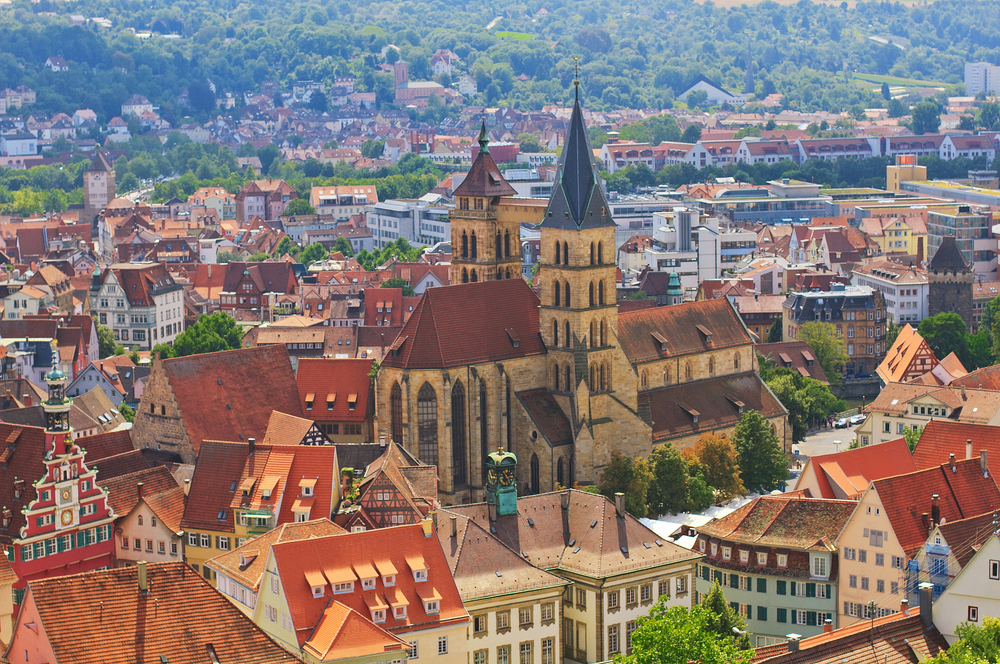The Germans don’t just have a long and proud tradition of brewing beer. In Baden Wurttemberg in particular, they have been producing wine for centuries, and few come finer than the sparking vintages made by Kessler. And there’s no better way of appreciating this famous brand than joining other oenophiles on a guided tour of the company’s old cellars in Esslingen am Neckar. Just a few miles south of Stuttgart, this picturesque town has long been associated with wine-making, with Kessel one of its oldest and best producers.
Guided tours of the cellars give curious visitors the chance to sneak a peek behind the scenes, learn all about the rich and fascinating history of the family company and, above all, find out more about the modern wine-making process. Each of the tours, which last for around 90 minutes, are led by expert staff with years of experience working for Kessel and are available in a range of languages, including English, French and Italian, as well as German. After leading guests through the imposing entrance of the medieval vaults, the knowledgeable guides then talk them through every step of the intricate sparkling wine-making process, with a particular emphasis placed on how this has changed over the centuries and, perhaps more importantly, to what extent it has remained largely unchanged. Plus, of course, guests are then invited to sample the finished product, with glasses of locally-made sekt handed out to toast the town’s wine-making heritage. As well as the guided tours, Kessler also offers a range of hospitality packages for tourists keen to enjoy a taste of the good life in this picturesque part of Germany.
The historic Kessler House is home to an acclaimed restaurant, serving the very best in local cuisine along with the finest wines and sparkling wine cocktails. Meanwhile, the town of Esslingen am Neckar itself offers so much more than wine tourism.As one of the oldest settlements in the Stuttgart region of Germany, it has boasts sites of significant historical importance, including evidence of prehistoric residents and of its Roman residents, while the beautiful buildings of the old town are testament to its long history as a major trading town from the Middle Ages onwards.









